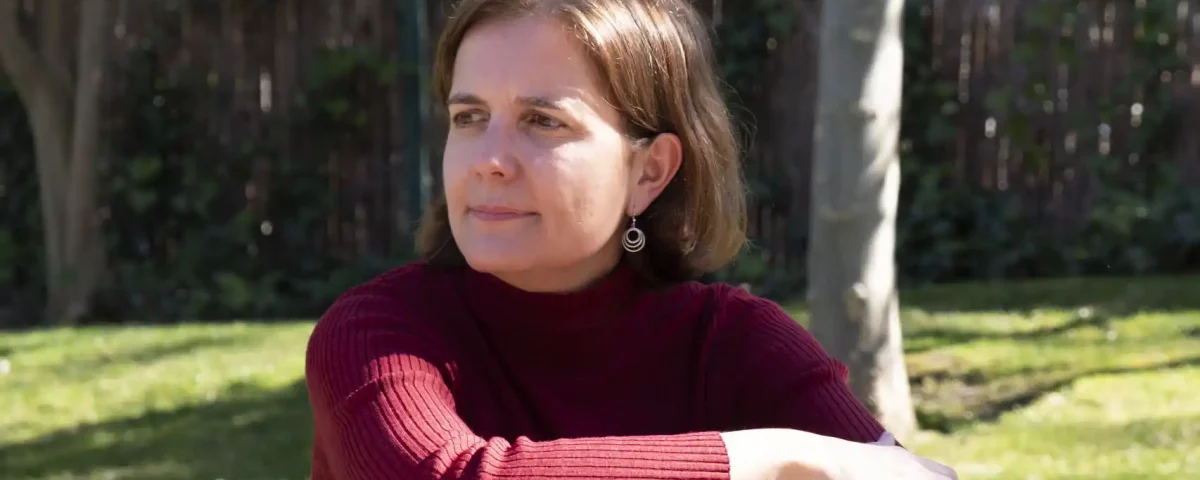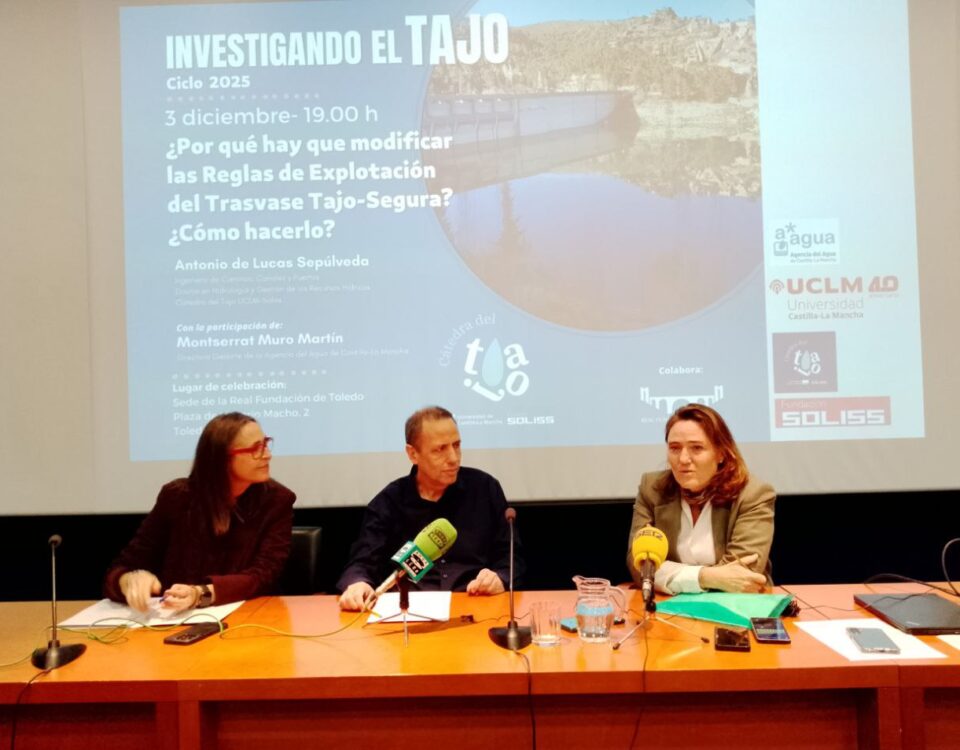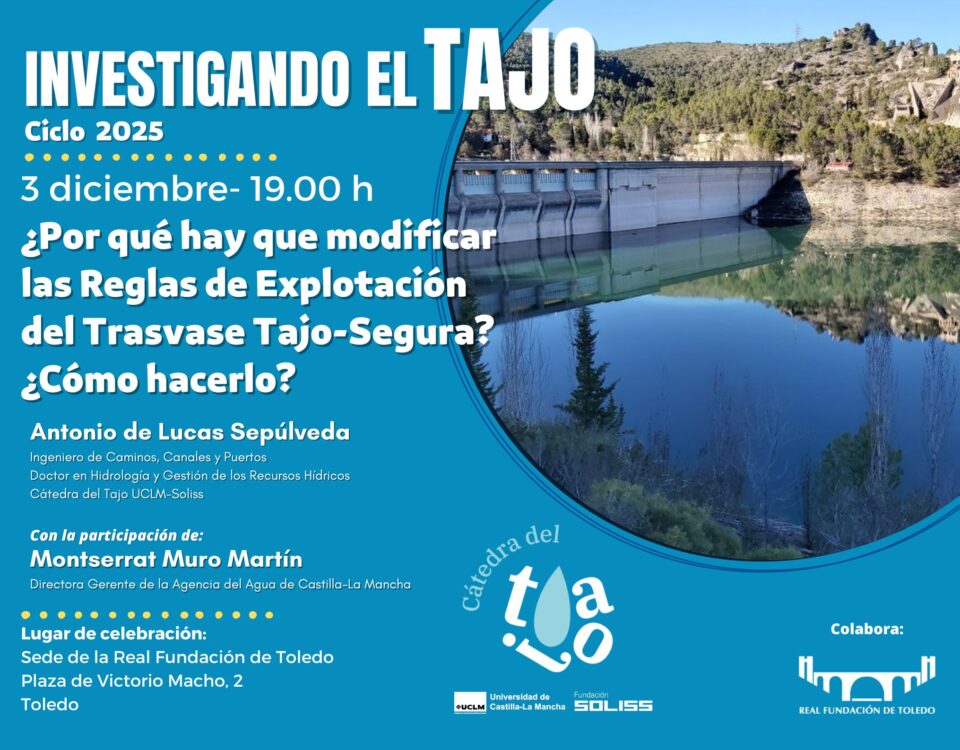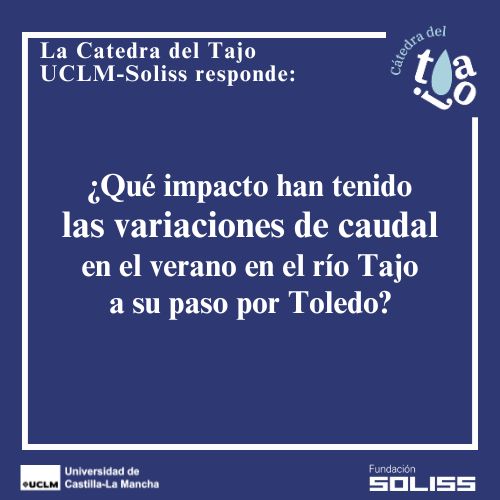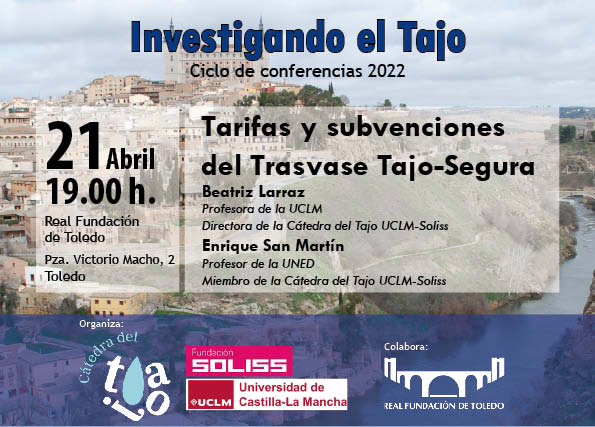
“Rates and subsidies for the Tagus-Segura transfer”, next conference in the Investigating the Tagus cycle
11/04/2022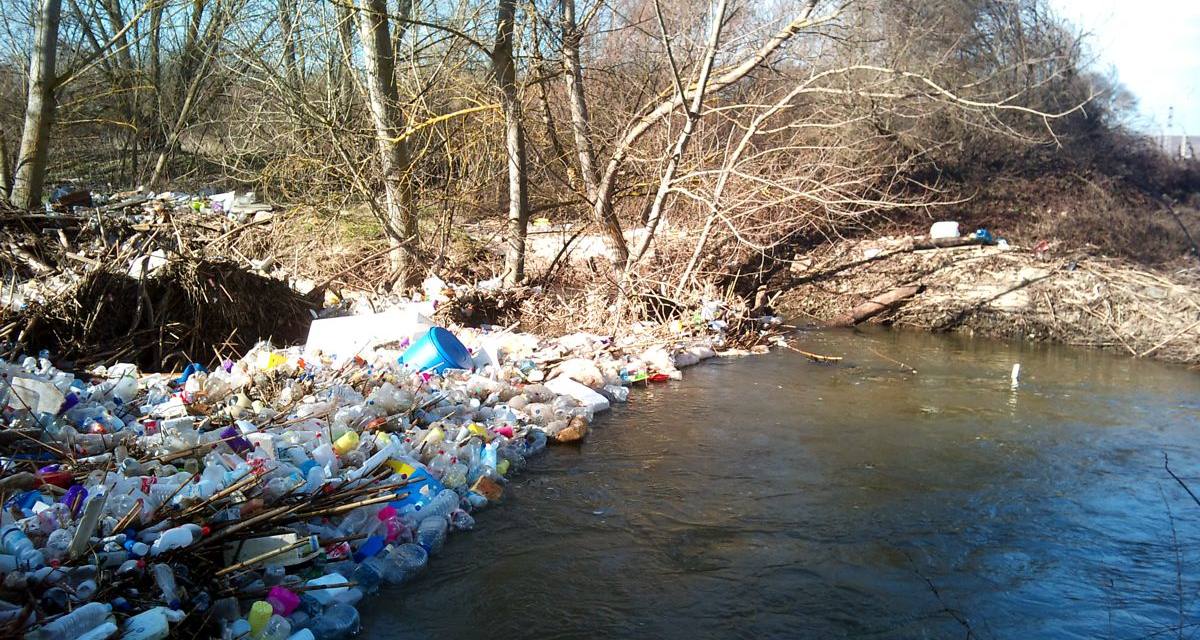
The Tagus UCLM-Soliss Chair is involved in the recovery of the lower section of the Guadarrama River
25/04/2022Full reproduction of article appeared in ABC-Toledo on 04/18/2022, written by Valle Sánchez:
"Some politicians should be ashamed of the state of the Tagus River"
Nuria Hernández-Mora, researcher and founding partner of the New Water Culture Foundation, an 'activist' who has plenty of scientific arguments to defend water, a common good
Valle Sánchez FOLLOW TOLEDO Updated:04/18/2022
Nuria Hernández-Mora is a great ally of the Tagus Chair created by the Soliss Foundation and the University of Castilla-La Mancha to defend the river. Doctor in Geography, graduate in Economics and Business Sciences, expert in water resources management, she is also a founding member of l New Culture of Water Foundation, which has been promoting more rational and sustainable water management for more than 20 years. He speaks openly about the 'engineering madness' of the Tagus-Segura transfer, the prevarication of the public officials on duty, who break the law, for their neglect of duties and for allowing this "open sewer" called the Tagus River to exist in Toledo for years.
You lived the birth of platforms.
When did your connection with the Tagus arise?
Since 2007, when the Citizen Network for a New Water Culture in the Tagus-Tejo and its rivers was created in Talavera, of which I was one of the first coordinators along with María Soledad Gallego, who along with Miguel Ángel Sánchez, from the Talavera Platform, has taught me everything I know about the river. This is how my in-depth involvement in the Tagus began, when different groups began to work together on allegations of plans and legal actions before Europe. At the same time, coordination and scientific research work on the Tagus began. And one thing that caught our attention is that there was very little research, from the state of the river, pollution or economic aspects.
That is what the Tagus Chair, of which you are a part of, intends to load itself with scientific arguments.
Its launch has been a success because it has given visibility to a group that has been working for many years. The director of the Chair, Beatriz Larraz, It has a transdisciplinary vision, of bringing together the academic knowledge of scientists and the local knowledge that exists and is very powerful. There are many pieces and to fit them together it is necessary to work in the political, legal and scientific spheres to bring the necessary technical arguments for these changes. And also in the social, dissemination and education spheres because otherwise change is complicated.
From a scientific point of view, what do you think is the main problem that the Tagus River has?
In its upper and middle section it is badly damaged by pollution, mainly from Madrid, but also from Castilla-La Mancha. The Tagus receives the wastewater of six million inhabitants and that is a very high polluting load. There is a mismatch between the required purification standards and the river's capacity to handle it because the volume of wastewater is so brutal with a meager flow through the Tagus-Segura transfer. This is the second problem or the first because both are at the same level of importance. The transfer is limiting the clean water that comes down from the headwaters: if you have a minimum flow of clean water and eighty percent of what is circulating downstream of the Jarama entrance is wastewater from Madrid, then obviously what you have in Toledo is an open sewer: foam, brown tones, those smells...
What can be done?
Invest in improving wastewater treatment in Madrid, which must aspire to have tertiary treatment, the most demanding, an urgent solution but one that arrives late. Furthermore, rivers need a variation in flow and the Tagus has had an artificial flow of six cubic meters per second since the beginning of the transfer, which is negligible and stable throughout the year. It is a permanent pond, there is no river dynamics and without river dynamics the ecosystems that depend on them, the species, cannot be maintained. Flows must be maintained, with minimums and maximums, with seasonal variations, and restore river dynamics.
It's there hope?
There are rivers in the world that have been in absolute degradation and have been solved by taking the necessary measures. This recovery is possible, but there must be the political will to take measures.
Is there solution to eliminate the transfer?
It involves establishing a regime of serious and scientifically validated ecological flows. The research group has prepared reports proposing ecological flows that would allow the recovery of the river, with real ecological flows. It is about complying with the law, returning the Tagus River to good condition and guaranteeing that all the needs and uses of the river are covered.
And what happens with the Mar Menor and the Murcian orchard?
What is really unacceptable, from my point of view, is that the political leaders, the competent administrations, instead of putting measures in place to prevent the social and economic collapse of a part of the citizens who live off this, have had the attitude of the ostrich , to hide your head, so that the next one who comes along can deal with it. Instead of beginning to lay the foundations for this structural change, they have let it pass. It has been irresponsible, an abandonment of functions, I think there has been prevarication. When you generate a transfer that connects two basins you are transferring water but also scarcity, environmental problems, social problems, political and environmental problems. They have generated the degradation of the Tagus River, but now they are causing the environmental degradation of the Segura basin. Scientists had been saying for some time that in Segura the degradation of the Mar Menor was closely linked to agricultural discharges from the Cartagena countryside, which was a dry land area that was converted to irrigation as a result of the Tagus-Segura transfer, discharges loaded with nitrates that have caused this ecological collapse.
What do you think of desalination plants?
They have to be part of the solution, but not the only solution because it would be a flight forward. It is evident that there must be a transformation, it is undeniable that the illegal use of water, illegal irrigation, will have to be stopped. That would be the first thing, a first step, and also saying what the load capacity is. It is not possible to continue producing with the same intensity and the same levels. Maybe you have to look for other alternatives.
Do you think the transfer will one day go down in history?
The Ministry has changed the exploitation rules and has begun to take other interests into account. This hydrological plan begins to lay the foundations for establishing slightly more ambitious minimum flow regimes.
But, they are insufficient, right?
They are insufficient. And, furthermore, they postpone its implementation to 2027, pushing the problem forward, again. There is a small change. I believe that, in the end, the transfer will fall under its own weight, because this regime of ecological flows will have to be established, due to the rulings of the Supreme Court, because there is a social and political demand, because pressure will come from Brussels, from the EU. The commission of European parliamentarians already said it in 2011, that the situation in the Tagus is unsustainable, unacceptable. I think there will come a time when it will be reduced, although at some point it will be transferred exceptionally.
For human consumption?
There will always be water for human supply, the problem is when it is not prioritized and the water intended for supply is used for other uses or becomes contaminated, or is not managed properly. It is a problem of governance, not scarcity. The ordinary droughts of the mid-90s and 2005 to 200 affected both the Tagus and Segura basins and the illogical thing is that the Segura basin was prioritized over the Tagus. That is why the Talavera Platform was created in 2005. I believe that the transfer is going to be extinguished due to the force of events and I hope that, at least, the Mar Menor crisis has served to raise awareness in Murcia and to begin taking the necessary measures to avoid social suffering. and economical that nobody wants.
Is the Tagus River the most abused of those you know?
I do not know of any river in the Tagus entity, that joins the two member capitals of the European Union, that has the deplorable state of the river; It is unfortunate. It is unacceptable and I do not understand how political leaders are not ashamed to see the river like this. It is sad and unfortunate.
Has civil society also been complicit?
For years we have been somewhat sleepy, but I believe that there are a number of very committed citizens who dedicate a lot of their personal time, which is not paid, for the good of all, for the future of all, of our children, to recover that common heritage . I think that they are not considered enough, that the administrations should have them as allies and not enemies, like, for example, Alejandro Cano, president of the Tajo Platform, and the members of the Aranjuez platform. Now there is greater awareness and there is an awareness that the situation is not acceptable, which, furthermore, is protected by a legal framework that proves us right. The Water Framework Directive, which is the directive that establishes the legal framework for water management in Spain, says in its first recital that water is not a commercial good like the others, but rather it is a heritage that must be protect and treat as such.
Do you trust that we will one day see the clean Tagus River again?
Of course, you can't dedicate yourself to environmental problems if you are not optimistic.
And he gives as an example the Cuyahoga River, in Cleveland (Ohio), one of the most polluted waterways in the US and which caught fire in 1969. Management measures have allowed this urban river to regain its green. The river is now clean, something that now, here, is just a dream.
